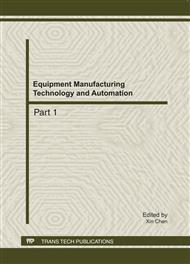p.1444
p.1452
p.1456
p.1462
p.1474
p.1478
p.1482
p.1486
p.1490
Passive Control Shuttle-Type Check Valve – a New Nuclear-Class Fluid Control Component
Abstract:
A novel check valve - passive control shuttle-type check valve is introduced in this paper based on the comparison of the existing swing check valves including the liquid, structural principle, flow resistance coefficient, airproof and start-stop performances. The experimental and simulation analysis validated that shuttle-type check valve has the advantages of symmetric structure along the pipeline axis, balance circle flow, low coefficient streamline, adjustable start-stop time, multi-airproof, zero leakage and less noise.
Info:
Periodical:
Pages:
1474-1477
Citation:
Online since:
August 2011
Authors:
Keywords:
Price:
Сopyright:
© 2011 Trans Tech Publications Ltd. All Rights Reserved
Share:
Citation:


